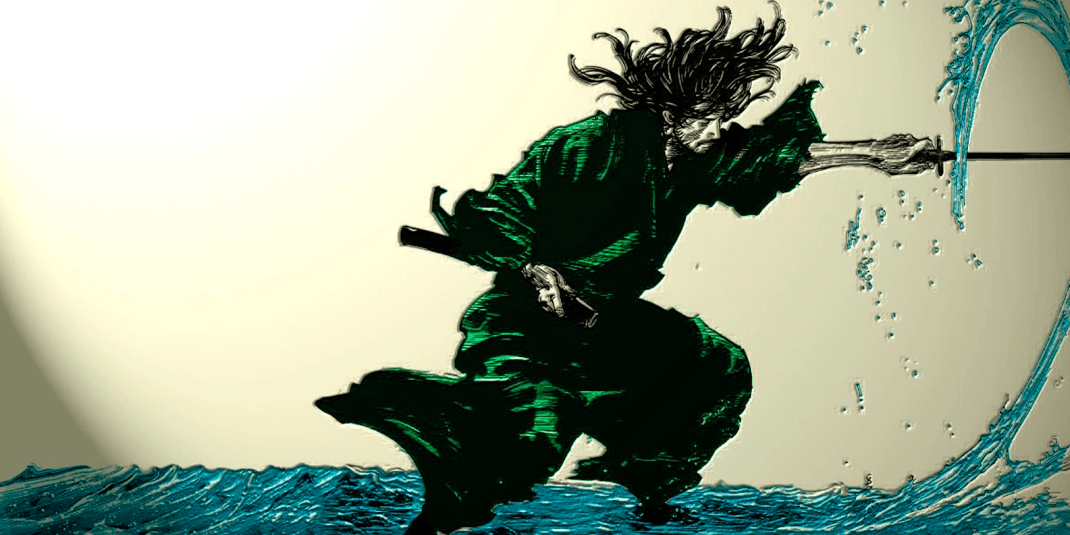Source: kwunion.com
He was an innovator, a maverick. The structured forms of the traditional martial arts bored him. Discarding their outmoded model, he became the creator of a new style based not on established techniques but on the realities of combat he knew so well. With it, he won more than 60 battles and became a legend before reaching middle age.
The name of the martial artist I’m referring to, of course, is Miyamoto Musashi, a samurai swordsman who lived during the violent reign of Japan’s Tokugawa shoguns, a man whose real-life exploits make the celluloid antics of the greatest action stars pale in comparison.
Early Days
The son of a minor samurai, Musashi devoted himself early on to the art of kenjutsu and was rarely seen in his village without a wooden practice sword in hand. He killed his first opponent, a renowned master, at age 13 and soon afterward abandoned his family to lead a life of constant wandering, accepting challenges from and issuing them to Japan’s finest kenjutsu practitioners.
When his progress with the single sword was complete and his prowess was evident, he began using the samurai’s shorter second blade, as well and founded the Nito Ryu, or two-sword school. Finally, his supremacy in the art was obvious, even to a perfectionist like Musashi, and he retired to a mountain cave, living as a hermit the final months before he died. There, he wrote his book of strategy, titled Go Rin No Sho.

Some readers will see little relevance in the history of a swordsman whose heyday was three centuries ago, but the passage of years has not changed everything. Today, we still see judoka and karateka who are not so different from Musashi, people who give no thought to bodily comfort, who seemingly live for the next tournament with their every spare moment spent in training.
The question then is really, How is it that Musashi is remembered as the most popular folk hero of his country while modern counterparts are quickly forgotten by fans after, and sometimes before, they retire from the competition?
Perhaps the answer may be found in Go Rin No Sho, the Book of Five Rings, a mysterious text of swordcraft that Musashi wrote to explain his philosophy of combat. In Japan, the book is as admired by businessmen as it is by budoka. Executives use its precepts in corporate dealings and in making their companies more efficient, for Musashi believed that what worked for samurai in battle worked in any relationship, and what applied in single duels was equally true in encounters with thousands. With English-language editions widely available, all Western martial artists would do well to study Go Rin No Sho.
Read the full article HERE.



